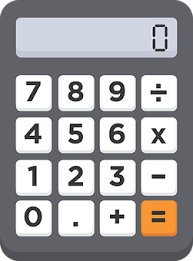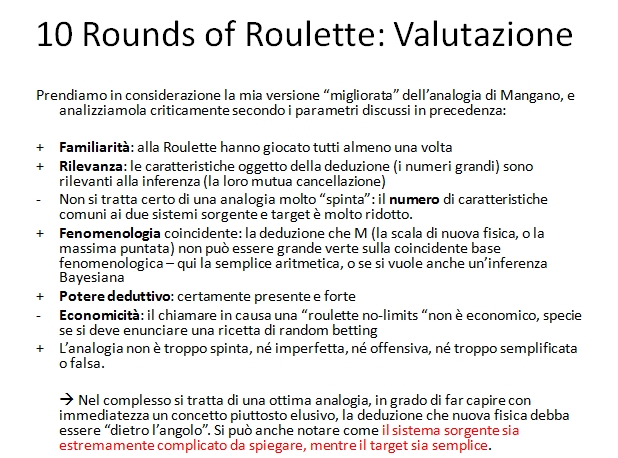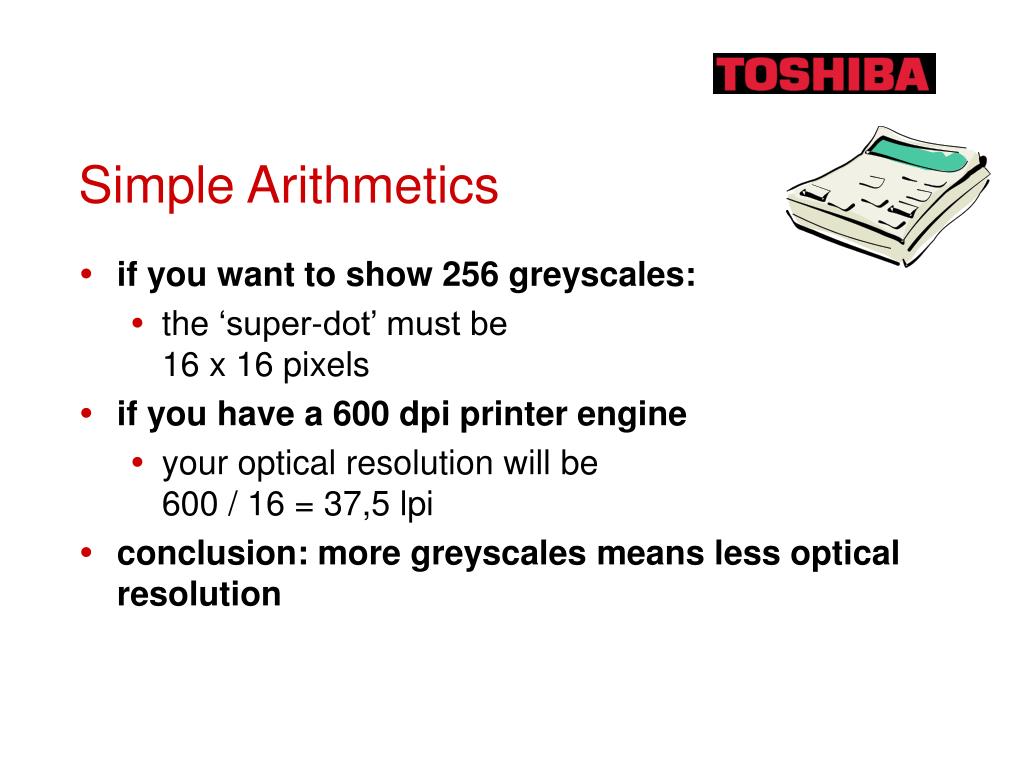

The second one shows that integer division always rounds down. The first test case shows that there is no operator precedence. Output specificationįor each sequence from the input file output the number that would be displayed on the calculator. Tip: long long int in C/C++, long in Java or int64 in Pascal is enough for this problem.

You may assume that no test case contains division by zero and that in all test cases all intermediate results are non-negative. The operator / represents integer division, rounded down. It may also contain spaces to improve readability. The sequence consists of non-negative integers and arithmetic operators and ends with an equal sign. Each test case is preceded by a blank line.Įach test case represents one sequence of button presses for a pocket calculator. The first line of the input file contains an integer T specifying the number of test cases. (i.e., there is no operator precedence.) Assume that the display of the calculator is large enough to show the result, and that its memory is sufficient to store all intermediate results. Note that the pocket calculator evaluates the operators in the order in which they are given. For each such sequence find the number it would produce on a pocket calculator's display. You are given multiple sequences of button presses of a simple pocket calculator that consist of digits and arithmetic operators. only to find out that he does not have a reasonable calculator program installed on his computer. He turned his computer screen upside down.
SIMPLE ARITHMETICS FULL
What are made of ice to keep people warm? Answer: 50 * 40 * 250 + 791.Īfter a few minutes he found a large amount of such riddles and full of excitement he went to solve them. These come in many different sizes but they are always exactly one foot long. It was the kind of a riddle where you punch in a bunch of numbers and operators into a simple pocket calculator and then turn it upside down to get the answer: While browsing aimlessly, Peter stumbled upon an old riddle he used to solve on his calculator when he was still young.

6 ÷ 2 = 3 (dividing is not commutative: 6 ÷ 2 is different from 2 ÷ 6.7 − 5 = 2 (subtracting is not commutative: 7 − 5 is different from 5 − 7).Computers can do it more quickly, which is one reason Global Positioning System receivers have a small computer inside.Įxamples of arithmetic A calculator can also be used to perform arithmetic. Some arithmetic can be carried out mentally. Arithmetic is needed in all areas of mathematics, science, and engineering. A few of the many jobs that require arithmetic include carpenters, plumbers, mechanics, accountants, architects, doctors, and nurses. Many jobs require a knowledge of arithmetic, and many employers complain that it is hard to find people who know enough arithmetic. Most people learn arithmetic in primary school, but some people do not learn arithmetic and others forget the arithmetic they learned. Other arithmetic topics includes working with negative numbers, fractions, decimals and percentages. The four basic arithmetic operations are addition, subtraction, multiplication, and division, although other operations such as exponentiation and roots are also studied in arithmetic. In mathematics, arithmetic is the basic study of numbers.


 0 kommentar(er)
0 kommentar(er)
